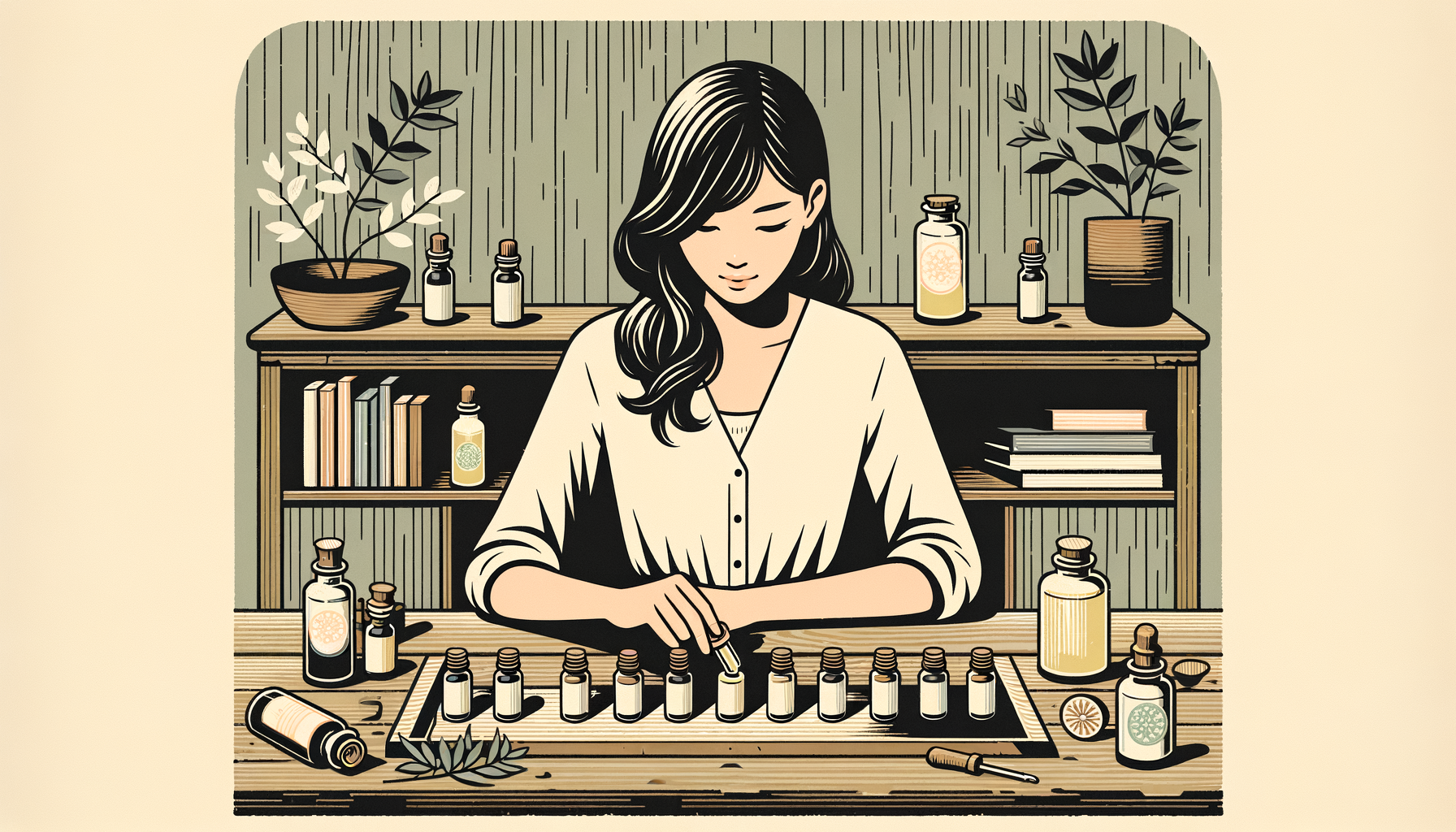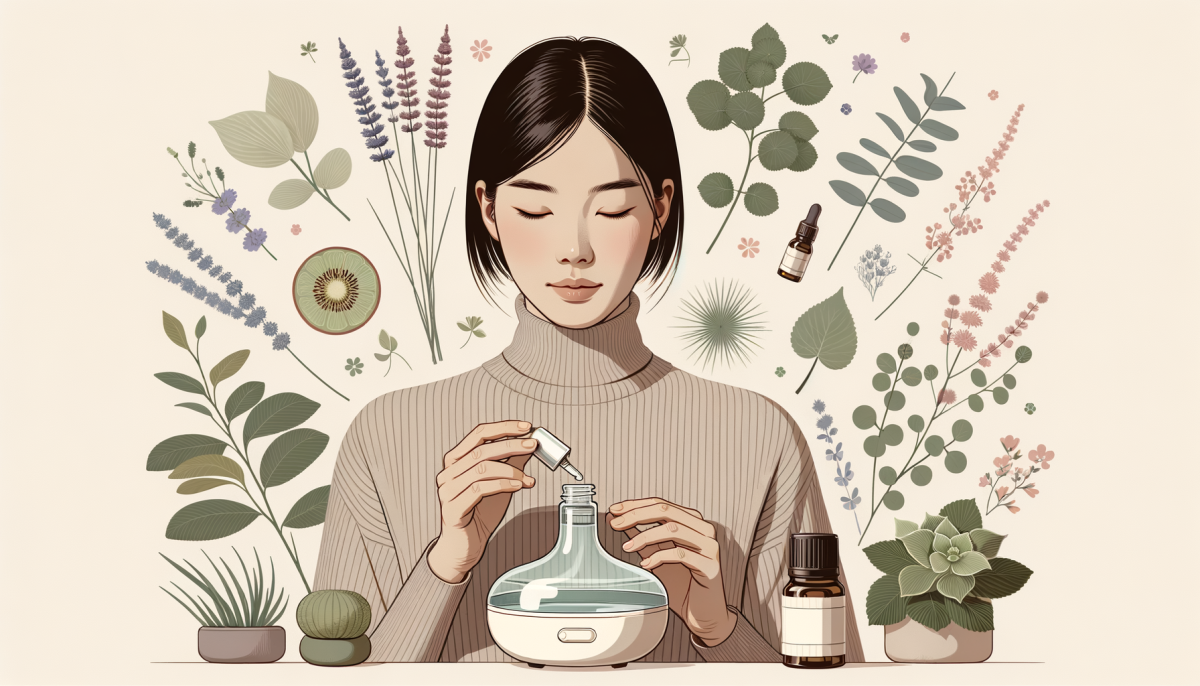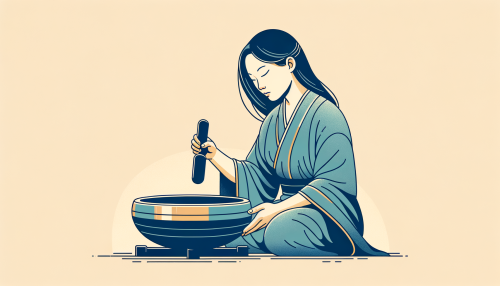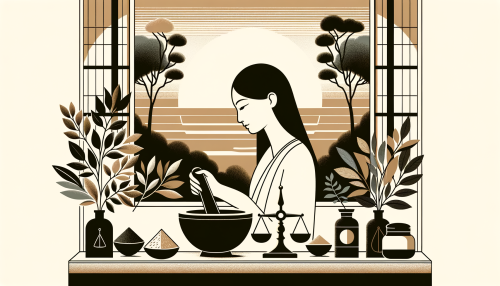Introduction
Aromatherapy, a practice that has been around for centuries, is a holistic healing treatment that uses natural plant extracts to promote health and well-being. It is a fascinating world of fragrances that can elevate our mood, promote good health, and even alleviate certain medical conditions. This article will delve into the heart of aromatherapy, focusing on the use of essential oils in our everyday lives.
Essential Oils Basics

Essential oils are the lifeblood of plants, the concentrated essences that carry the scent, flavor, and therapeutic properties of the plant from which they are derived. They are obtained through a process of distillation, usually by steam or water, from the leaves, stems, flowers, bark, roots, or other elements of a plant. The result is a highly concentrated oil that encapsulates the healing properties of the plant.
There is a vast array of essential oils available, each with its unique aroma and health benefits. Lavender, for instance, is renowned for its calming and relaxing properties, making it a popular choice for stress relief and sleep promotion. Peppermint, on the other hand, is invigorating and stimulating, often used to enhance focus and energy levels.
The use of essential oils is not limited to their aromatic properties. They also have a myriad of topical applications. For instance, tea tree oil is known for its antiseptic properties and can be applied to the skin to treat cuts and skin infections. Similarly, chamomile oil has anti-inflammatory properties and can be used to soothe skin irritations.
Everyday Aromatherapy Uses
Aromatherapy can be seamlessly integrated into our daily routines. One of the most common ways to use essential oils is through diffusion. By adding a few drops of essential oil to a diffuser, the oil is dispersed into the air, filling the room with a pleasant aroma and providing therapeutic benefits.
Essential oils can also be used in personal care products. Adding a few drops of lavender oil to your bath water can create a relaxing spa-like experience. Similarly, essential oils can be added to massage oils, lotions, and even shampoo and conditioner, providing a sensory experience that also benefits the skin and hair.
In addition to personal care, essential oils can be used around the home. Lemon oil, for instance, is a natural disinfectant and can be used in homemade cleaning products. Eucalyptus oil can be used in a steam inhalation to help clear the sinuses, making it a natural remedy for colds and flu.
Safety Precautions
While essential oils offer numerous benefits, it’s important to use them safely. Essential oils are highly concentrated and should never be applied directly to the skin without being diluted in a carrier oil. Some oils can cause skin irritation or allergic reactions, so it’s important to do a patch test before using a new oil.
Certain essential oils, such as wintergreen, can be toxic if ingested and should be kept out of reach of children. Pregnant and nursing women, as well as individuals with certain health conditions, should consult with a healthcare professional before using essential oils.
It’s also important to choose high-quality essential oils. Look for oils that are labeled as “100% pure essential oil” and avoid oils that contain synthetic fragrances or other additives.
Conclusion
Aromatherapy offers a natural, holistic approach to health and well-being. By understanding the basics of essential oils and their everyday uses, we can harness the power of these plant essences to enhance our lives. However, as with any therapeutic practice, it’s important to use essential oils safely and responsibly. With the right knowledge and precautions, aromatherapy can be a valuable addition to our daily routines.





